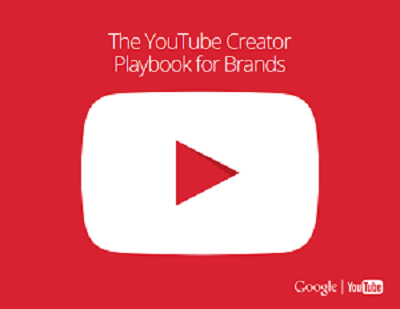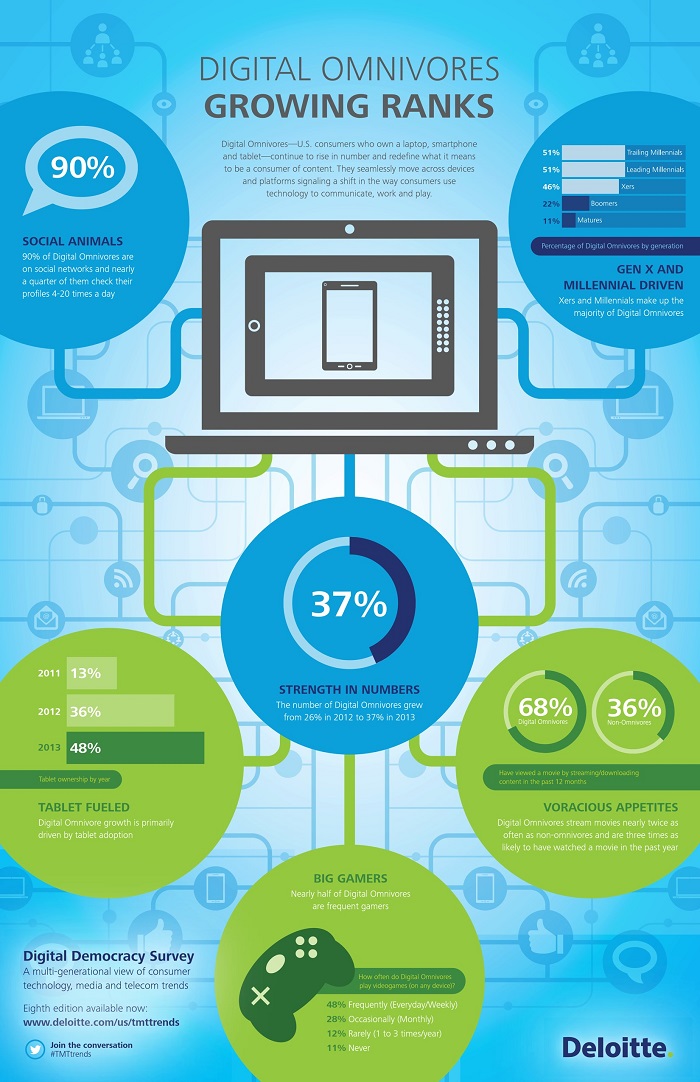The person most likely to own wearable technology is in his mid to upper 20s, earns a pretty good salary and had embraced tech gadgets at an early age. And if they get their wish, the next device may come in the form of a jeweled pendant.
 Wearable tech – smart watches, Google Glass, fitness bands and the like – is growing in acceptance and popularity, and companies are investing heavily in the potential market of users. The market forecast for wearables is projected to hit more than $1.5 billion this year. That’s an emerging opportunity for producers of content to exploit.
Wearable tech – smart watches, Google Glass, fitness bands and the like – is growing in acceptance and popularity, and companies are investing heavily in the potential market of users. The market forecast for wearables is projected to hit more than $1.5 billion this year. That’s an emerging opportunity for producers of content to exploit.
So, who are these people who wear their tech? And what is the appeal of it?
The research firm Nielsen turned to those consumers who are already using the devices, and in its recently released Connected Life Report found out that:
- The majority of those owning wearables are young adults, with nearly half between 18 and 34. They typically have the disposable income for the devices, with 29 percent earning over $100,000 a year.
- Fitness bands are the most popular devices, with 61 percent of those surveyed by Nielsen owning them, followed by smart watches (45 percent) and mobile health devices (17 percent). However, 72 percent of those surveyed wished wearables were less expensive.
- Those owning wearables are not technology novices. Three-quarters of the owners consider themselves “early adopters” of technology.
- This may get designers’ attention: Nielsen found that 62 percent of those surveyed would like wearables in forms other than wrist bands and watches, and 53 percent would like to seem wearables look more like jewelry.
Nielsen obtained the results from 3,956 adults 18 and over who completed the survey in November 2013.











Recent Comments